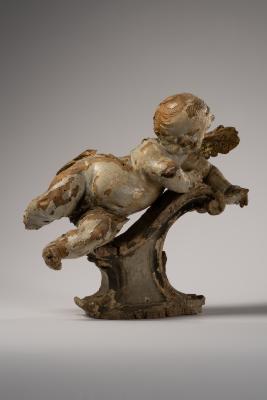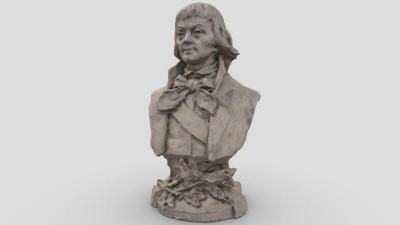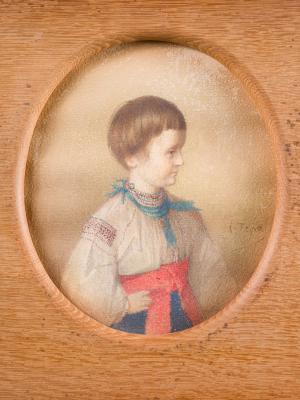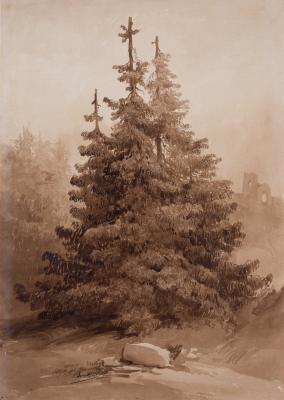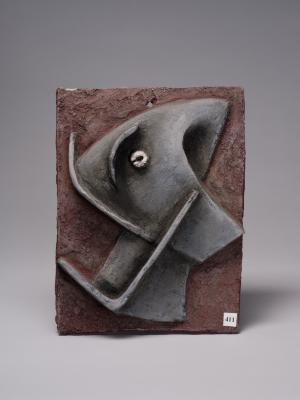The painting is traditionally attributed to Bartolomeo Biscaino. However, it is most likely the work of another unknown Genoese artist of the mid-17th century. The painting depicts a young Cupid engaged in inappropriate activity. Various objects of secular luxuries, such as a sheet of staff, a violin, the head of an antique sculpture, a palette with brushes, and silver coins, lie under his feet. The interest in antitheses, especially in the theme of "vanity of vanities" or "vanitas vanitatum", dominated Baroque painting. The work satirically demonstrates that all earthly blessings, such as art and money, fade in contrast to love.











